What do drought conditions in August look like for you?
whaas_5a
6 years ago
Featured Answer
Sort by:Oldest
Comments (25)
Related Discussions
What do you mean when you say drought?
Comments (6)I guess it is all relative. We are about 7 inches below normal rainfall for the year in my area. By Utah standards it would probably be the wettest year on record. Still, most of the water here runs into rivers and out to the ocean pretty rapidly. They estimate we only have 4-5 months of water on hand for drinking if we don't get any significant rain. I've heard 2 kinds of "drought" discussed. The first is just lack of rain and the subsequent dry soil. In that sense, it doesn't matter if you are above or below average for a year, decade, whatever - it just matters if it rained recently. For a plant, living on its own on the soil's surface, that is the immediate idea of "drought." On a larger scale, we talk of drought having a deep impact on the macro water system - rivers, lakes, ground water. At least in my area, we have gotten enough rain recently so the grass has greened up, but the rivers and lakes are still dangerously low....See MoreThis is what a drought looks like....
Comments (35)Sorry to hear of your soaking, Jeri. It's easy to understand why some of the best extreme rain gears are made in this corner of the earth. But then, it has also given rise to a new phrase - "leaky condos", a "made in BC tragedy". But given a choice between the type of drought discussed in the thread and the incessant rain, I will choose the latter anytime! Sometimes, I get a perverted sense of exhilaration being out in the rain, walking the dog, gardening, etc....See MoreDrought conditions in your area?
Comments (44)Totally dry here in West Tennessee. AND I ordered a bunch of rose bands to arrive when the heat wave hit. Got it under control though! They are in the shade and misted 5 times a day. I have been alternating watering the food garden, and the flower gardens each day with sprinklers that run for a good hour each time. But before I started the watering it was a mess of things starting to give up the ghost. I just decided to keep putting the water on everything. When you have a lot of money invested in plants, you get upset thinking that spending a lot on water is the only thing you can do, but there ya go. I was rewarded with the crepe myrtles blooming like crazy, even though it's over 105 degrees for a whole week. I water early mornings and late evenings. Keeps me cool too! NOTE: When I started this whole process, I watered for two hours, and stuck my finger in the dirt around the plants. An inch down it was STILL bone dry. So I stuck the end of the hose INTO the dirt around the plants until it started soaking it up. That was a hot day outside too....See MoreWhat Do You Plant in a Drought Year?
Comments (4)Susan, It is more complicated than you think because it depends on when the drought began, and it depends on whether we're only abnormally dry at planting time or if we're in worse condition....like maybe in extreme drought. I have to try to "guess" which crops will be worth irrigating if the drough conditions continue on throughout the growing season. If the drought begins in the fall and already is pretty serious by spring (which seems likly to be what we have occurring now), I try to choose short-season varieties of veggies that will mature more quickly than the varieties I'd choose in a year with more normal rainfall. If winter rainfall has been good and I feel like summer drought is inevitable but still months away, I'll plant our favorite varieties in spring, but won't plan on any succession plantings. Normally, I am constantly succession planting....as soon as one variety of bush bean slows down for example, I'm yanking it out and replacing it with something else....but not in a drought year. I'll use corn as an example of the kind of choice I make when facing drought. Usually, I'll plant Early Sunglow for a very early crop. If I plant it the last week in March, I can harvest before Memorial Day weekend. But, I'll also plant either Country Gentleman shoepeg corn or Texas Honey June corn (very earworm resistant) sometime in mid-April thru late-April and will be harvesting that in July. However, if we are already months into what seems to be an ongoing drought, I'll only plant Early Sunglow and not plant a succession crop of corn to follow it. Sometimes, in a mild spring with lovely rainfall and prospects of much more (like 2004 and 2007), I'll plant Early Sunglow in late April, Country Gentleman about 3 weeks later and then Texas Honey June about three weeks after that, but that's only if I expect the pretty good rainfall to continue. With tomatoes, if I expect drought I'll go with more early-season types and more determinates or compact indeterminates. I'll plant a lot more in containers and a lot fewer in the ground. Any variety with heavy PL or rugose foliage is more likely to make the Grow List if I'm expecting drought because the foliage provides better cover for the fruit on the intensely hot summer days. With other veggies, I try to select varieties that mature as early as possible in case I have to turn off the water faucet in July and walk away from the garden. There's just a limit to how much we'll spend on irrigation because, as one of our neighbors always reminds me, there's a point where the cost of the water exceeds the value of what you're growing and you start losing money. I also tend to go with bush varieties of veggies in a drought year instead of vining varieties, so I might pick 'Raven' zucchini instead of Cocozelle or Costata Romanesco. I also only plant the smallest melons in drought years---say going with Blacktail Mountain, Yellow Doll and Sugar Baby instead of Black Diamond Yellow Belly, Orange Tendersweet and other larger melons. Fall tomatoes probably are out of the question in a drought year if the drought has not broken by June because it will take too much water to get them from seedling size in late June to the ripening stage in Sept. or Oct. Or, I might plant a few for fall, but only in containers. The tomatoes that have performed best for me in drought are the Livingston tomatoes. They produced in 2005 and 2006 with no irrigation at all after July, even though everything else except eggplant (they are remarkably heat- and drought-tolerant) and okra died after I stopped watering. There are some specific varieties of each vegetable that seem more heat-tolerant and drought-tolerant than others, and it is those varieties I'll turn to during drought periods. Instead of succession planting bean plants all summer long, I'll plant a lot of beans in spring and try to fill up the freezer with them and then not plant a succession crop of beans to follow them. Instead I'll plant a lot of southern peas, probably Knuckle Six-Week Purple Hull and Purple Hull Pink Eye because heat doesn't bother them. Okra is the same way....heat and drought don't stop it at all, although the heat might slow down production a tiny bit during the worst part of the drought. The big area where I make a lot more cuts is with the flowers, though. If I am expecting drought, only the toughest, hardiest, most heat-tolerant and drought-tolerant types get planted. Even zinnias will wilt, brown and die without irrigation in the worst droughts, but portulaca, gomphrena and verbena bonariensis usually won't. In a bad drought year, the only pumpkin I'll grow is Seminole because it laughs at drought, and I never plant big pumpkins in drought years because big pumpkins guzzle water. Some things that I grow "for fun" like ornamental gourds might not get planted in a drought year because I'll need to be using the water for stuff that really matters. I also start irrigating much earlier in a year when ongoing drought is present at planting time. In 2003 and 2005 I kept waiting for the rain to start falling and didn't water much at all. That was a poor strategy because the rains never came. What I have done in more recent drought years is to water very well in spring if it is droughty, hoping that with good irrigation the plants will produce a good crop before the temperatures skyrocket . Finally, in some cases, it isn't that I choose to plant something else or to water earlier, it is that I'll plant peppers, for example, in containers instead of in the ground so it will be easier to keep them evenly moist, or I'll plant them on the westernmost edge of the garden where the pecan tree will shade them in the afternoon. I also will sneak more veggies into the mixed tree/shrub/perennial borders around the house because they will be watered no matter what, so any veggies planted there likely will produce better than those in the garden whose water gets cut off in July. When we first moved here, there was a wonderful gentleman a couple of miles from us who planted his garden April 1st and stopped watering July 1st. It drove me nuts that he arbitrarily just stopped watering July 1st, but after going through several southern Oklahoma droughts since moving here, I see the method in his madness. As time goes on, I'm becoming more and more like him, except I don't necessarily have an arbitrary cut-off date when I stop watering. Instead, I look at how dry it is, how much water would be reguired and look at the long-term forecast to see if I can maybe baby the garden through a hot spell and expect relief soon. That's what happened last year. I was about to give up on keeping the garden watered in July and then we had a big rainy spell that lasted a few days. Then, I watered some in August in the hope a tropical storm would send rain our way.....and in September Hermine gave us 9" in a couple of days, which kept the garden going a bit longer. At a certain point, if we are in extreme or exceptional drought, I am so busy with the VFD that it doesn't even matter what my garden is doing because I won't even be at home long enough to harvest whatever is producing. It was that way in July of 2006. We had as many as five fires a day and most of them lasted at least a couple of hours, if not days. If I wasn't at fires, I was rushing to the store to buy groceries and Gatorade or busy cooking at home so I could take meals to the firefighters. When drought is that bad, the garden becomes irrelevant and you can imagine that I don't like abandoning my garden at a time like that, but it is necessary. Hope this helps a little, Dawn...See Moregardengal48 (PNW Z8/9)
6 years agolast modified: 6 years agowhaas_5a
6 years agoEmbothrium
6 years agolast modified: 6 years agoUser
6 years agoedlincoln
6 years agobengz6westmd
6 years agoUser
6 years agolast modified: 6 years agoEmbothrium
6 years agolast modified: 6 years agohairmetal4ever
6 years agohairmetal4ever
6 years ago(ryanga7a) Ryan M
6 years agolast modified: 6 years agoarbordave (SE MI)
6 years agogardengal48 (PNW Z8/9)
6 years agotrickyputt
6 years agohairmetal4ever
6 years agobengz6westmd
6 years agohairmetal4ever
6 years agowhaas_5a
6 years agoarbordave (SE MI)
6 years agolast modified: 6 years agoEmbothrium
6 years agolast modified: 6 years ago
Related Stories
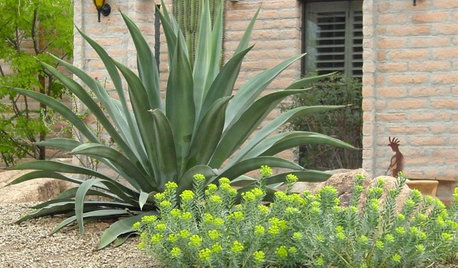
GARDENING GUIDESHow to Spot a Drought-Tolerant Plant
Label? Who needs a label? Learn the characteristics of plants that can thrive in hot, dry conditions to help you pick the right ones
Full Story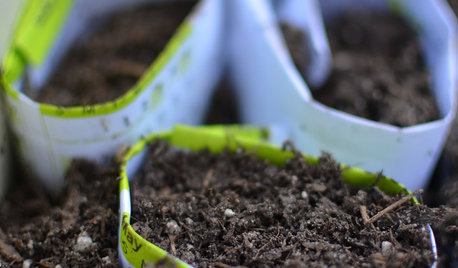
GARDENING GUIDESTexas Gardener's August Garden Checklist
Here's how to help your garden thrive from the hot, dry month of August through fall
Full Story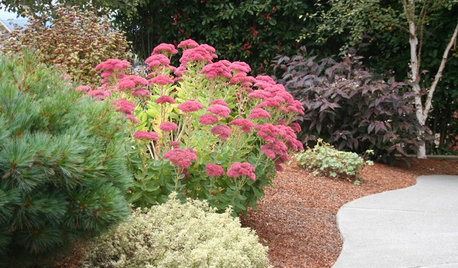
GARDENING GUIDESPacific Northwest Gardener's August Checklist
Deadheading perennials, cutting raspberry canes and preparing for the onion harvest keeps Northwest gardeners busy in August
Full Story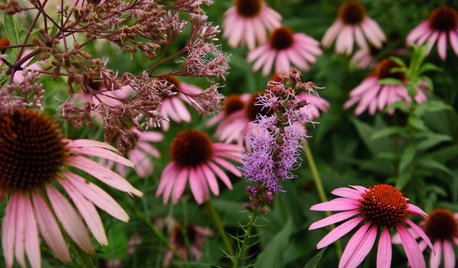
GARDENING GUIDESGreat Lakes Gardener's August Checklist
Pick the peppers and drink in the scent of lilies this month, while you mull over a mowing strip to make fall gardening easier
Full Story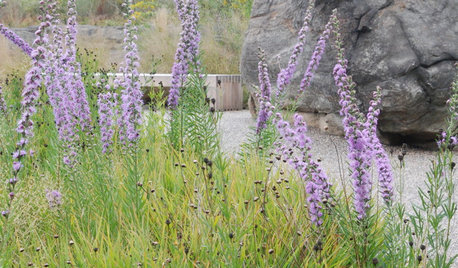
GARDENING GUIDESNative Wildflowers for the August Transition Into Fall
Keep the garden colorful with these stalwart perennials
Full Story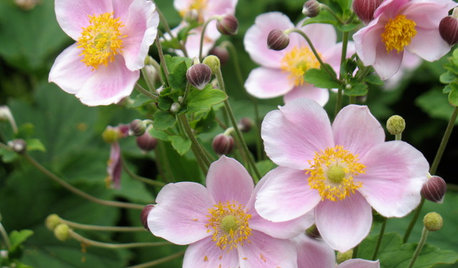
GARDENING GUIDESNortheast Gardener's August Checklist
It's hot in the August garden! Cool off with airy grasses and tactile plants that catch the breeze
Full Story
MONTHLY HOME CHECKLISTSTo-Dos: Your August Home Checklist
Take these steps to get your home and family organized for fall
Full Story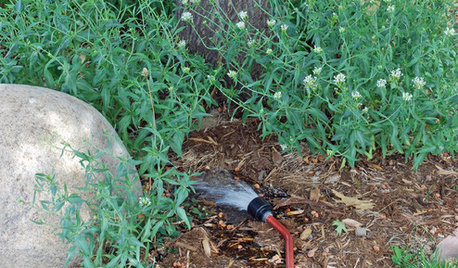
GARDENING GUIDESRocky Mountain Gardener's August Checklist
August may be hot, dry and dusty, but with care and planning, your garden will continue to thrive
Full Story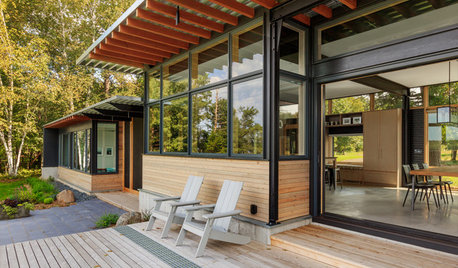
LIFE6 Ways to Cool Off Without Air Conditioning
These methods can reduce temperatures in the home and save on energy bills
Full Story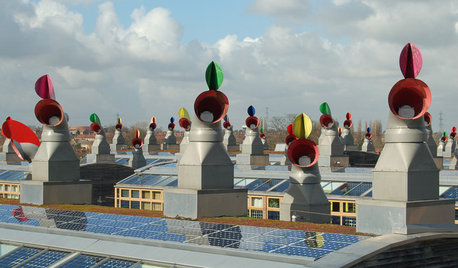
GREEN BUILDINGLife Without Air Conditioning? These Passively Cooled Homes Say Yes
Ever wish you could chuck that money-sucking air conditioner? Check out these homes that keep the air cool and flowing passively
Full Story



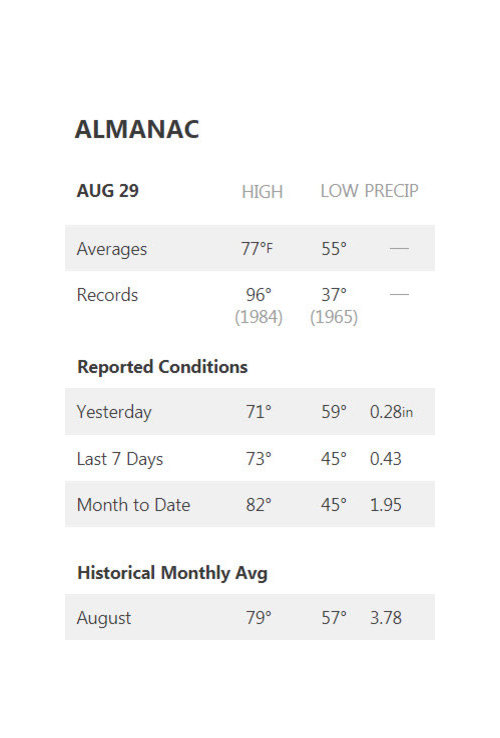
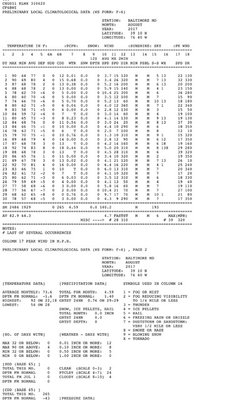
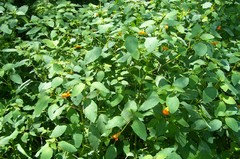
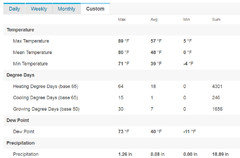

Embothrium